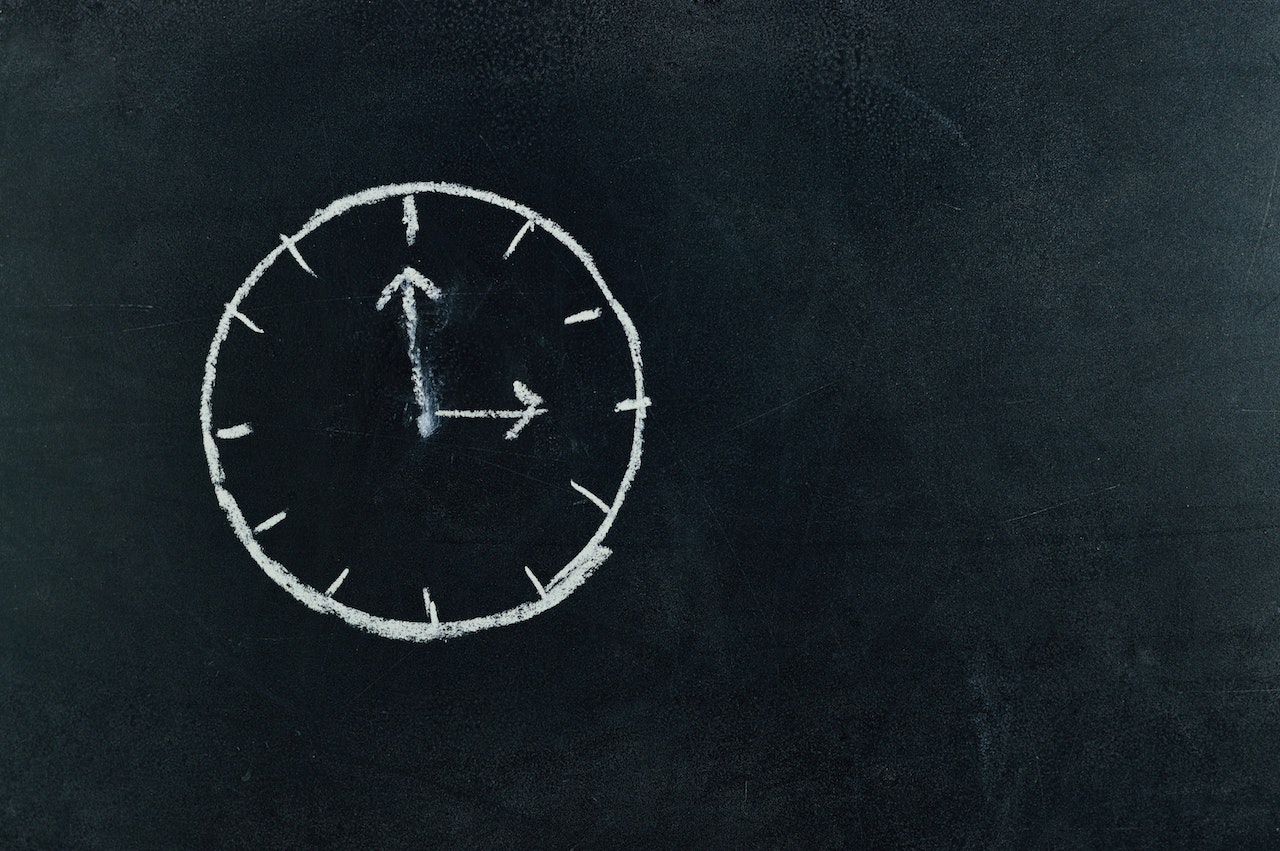Time And Attendance Systems - Digital Personnel Time Recording Done Right
In today's world, digital working is gaining ground faster and faster. Home office, remote working and other location-independent forms of work are becoming increasingly popular and, thanks to digitalization, more and more feasible.
Author:James PierceReviewer:Paolo ReynaOct 24, 202226 Shares732 Views

In today's world, digital working is gaining ground faster and faster. Home office, remote working and other location-independent forms of work are becoming increasingly popular and, thanks to digitalization, more and more feasible. But even for appointments outside the workplace and for employees on assembly, seamless time recording is very advantageous. Companies are increasingly turning to digital time and attendance systems to record the hours worked. Whether as an app on a smartphone or tablet, a browser solution on a PC, or a chip card and transponder, there are many solutions for personnel time recording. But what does a company have to pay attention to so that the recording is compliant with data protection?
Why record staff time in the company?
The complete recording of the working time of every employee in the company has some advantages for the company as well as for the employees.
Advantages:
- Complete recording of working hours
- recording independent of the place of work
- demand-oriented resource planning
- the time account can always be kept in view
Personnel time recording enables employers and employees to determine working hours without gaps. Whether it is work in the field, home office, breaks or overtime, the minute-by-minute recording of the hours worked enables fair and hourly-based remuneration.
Not every employee spends his or her working day exclusively at the company workplace. For employees outside, digital time recording is an uncomplicated way to prove their hours worked.
With digital time recording, employees always have an overview of their company time account. In this way, no unexpected minus hours appear at the end and the hours worked as well as the overtime can be accurately taken into account in the payroll.
What are the options for time recording?
When talking about personnel time recording, many still have the images of the good old time clock in their minds. The employee enters the company building and punches the time card, likewise when leaving. But in recent years, this system has given way to the digital and mobileTime and AttendanceSystem. For a long time now, working hours and break times have been recorded in this way, regardless of location. Apps for smartphones and tablets, chip cards, transponders, and programs for PCs are used.
What about data protection?
When a time and attendance system is introduced, concerns quickly arise about data protection compliance. However, in most cases there are hardly any conflicts with the personal rights of employees according to Article 6 para. 1 lit. f) DSGVO. They benefit just as much from the recording of working hours as the employer, since the hours worked can be verified. Overtime worked in particular can be recorded quickly and to the minute and thus taken into account in remuneration or in the granting of time off.
Another consideration when introducing digital time recording is Section 26 (1) of the German Data Protection Act (BDSG). This is because an employer is only entitled to record necessary data such as working hours and break times. Movement profiles, for example, are not permitted, however, as they can be used to create a behavioral profile.
The question becomes more difficult when it comes to authentication using biometric data. If employees are to verify themselves with a digital time and attendance system via fingerprint, iris scan or facial recognition, this falls under special personal data pursuant to Article 9 (1) of the GDPR. Establishments using this type of collection must have a legal basis under Article 6(1) DSGVO.
Data and the storage time
Data collected by the Time and Attendance System may not be stored indefinitely. Thus, a well thought-out deletion concept must be created before introducing a digital system for personnel time recording. For an exact knowledge of legal storage time for personal data, companies should consult the ArbZG § 16 para. 2.

James Pierce
Author

Paolo Reyna
Reviewer
Latest Articles
Popular Articles